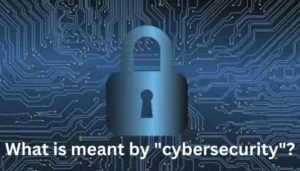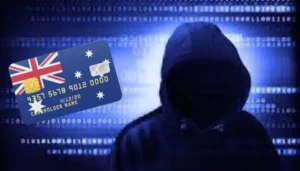
|
Getting your Trinity Audio player ready... |
The cyber underworld brought in a terrifying twist to Christmas, known as “Leaksmas,” a time of year marked by widespread data dumps that target people and organizations all over the world, as carols filled the air and families gathered.
Sensitive information was released on “Leaksmas,” flooding the internet with a torrent of data from the archives of a major telecom company in Peru that revealed 22 million records to a Vietnamese fashion retailer that gave up 2.5 million customer profiles.
Succumbing to the pressure, French corporations, Chilean government offices, and even a Russian sushi chain divulged everything from email addresses and phone numbers to bank account details and identity papers.
This map of the world gives a clear picture of how widespread cybercrime is and how it affects every region of the world.
“Leaksmas” reveals a complex tapestry of motivations, while financial gain is undoubtedly a factor.
Known for their prior attacks on the Idaho National Laboratories, organizations such as SiegedSec publicly promoted anti-government beliefs and presented their leaks as “Christmas gifts” in aid of particular causes.
This adds another dimension to the complex threat landscape by emphasizing the possibility that cyberattacks could be driven by ideological agendas.
The “Five Families” hacktivist alliance entered the fray, determined to not be outdone, focusing their efforts on Indian resources and Chinese clothing stores.
This intergroup cooperation highlights the increasing complexity and coordination of cybercrime networks, presenting an increasing cybersecurity challenge.
The stolen information became a joyous feast for thieves rather than just making its way into the digital abyss.
With a desire to sell their stolen payment cards before they expired, cybercriminals offered them steep discounts.
Taking advantage of the spike in online activity around the holidays, underground vendors offered “look-up services” for identity theft and loan fraud.
This spike in malicious activity highlights how fraud and data breaches are intertwined, with stolen data acting as the currency for a variety of illegal operations.
Millions of Records of Victims Are Unveiled During “Leaksmas”
The cybercriminal community in the dark corners of the Dark Web planned their eerie holiday, “Leaksmas,” while the rest of the world decked up for the holidays. Security saw this event—which happened to coincide with the Christmas season—develop as a sinister demonstration of data sharing among hackers.
A twisted expression of thanks, “Free Leaksmas” was used to identify the large-scale data dumps that were the consequence of hacks and breaches that affected numerous government organizations and private businesses. However, this malicious generosity will have disastrous effects on victims all over the world, creating a gateway for identity theft, financial fraud, account takeovers, and business email compromises.
These hacks affected countries ranging from France to India and exposed a startling amount of private information. Movistar of Peru was the victim of a significant breach that exposed over 22 million records, including vital DNI numbers—a crucial form of identification in Peru. This hack highlighted the critical need for strong DIT programs, particularly in Latin America, where cyberattacks are becoming more frequent.
Major credit services in the Philippines and a Vietnamese fashion store were among the major leaks that affected the Asia-Pacific region, exposing millions of victim records. Because of their value to illegal affiliate marketing specialists and spammers, these breaches are especially concerning.
There were more leaksmas. 1.5 million records were shared without restriction by a French company, while 1.4 million records from a project that Klarna acquired were leaked, indirectly harming the Swedish fintech behemoth. To further highlight the variety of the targets, there were notable data breaches at a Mexican bank and a network of sushi restaurants in Russia.
Known for its previous exploits, such as the attack on Idaho National Labs, SiegedSec was a major player in Leaksmas. Telcos BEZEQ! and Cellcom, as well as Israel’s Shufersal, were among the many organizations they targeted. Their actions indicate that there will likely be a persistent threat in the upcoming year.
The “Five Families,” a coalition of hacktivist organizations, exacerbated the situation by carrying out a leak involving a Chinese clothes retailer and organizing more menacing operations for 2024. Their influence was so widespread that it even reached South Africa and India.
With the disclosure of more than 50 million records, Leaksmas serves as a sobering reminder of the constant threat posed by cybercrime. Mitigating these breaches is a difficult task because of the complex relationship that exists between digital identity and personal data. Winter holidays are a time for joy and celebration, but they are also a peak period for cybercrime because of the dark underbelly of the cyber world.
The Leaksmas incident, which occurred at the beginning of the year, serves as a sobering reminder of the constantly changing nature of cyber threats and the necessity of strengthening our digital defenses against these imperceptible but ubiquitous enemies.





